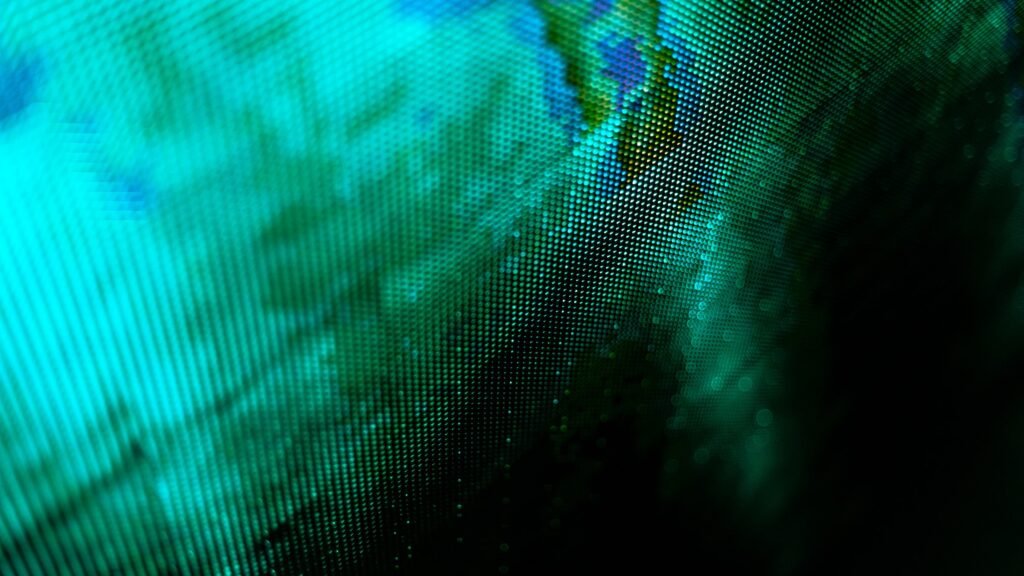The term “Display” approach to exposing something on a screen, which is likewise known as a monitor. Display screens are used for plenty of functions and are blanketed with many devices, inclusive of laptop monitors, televisions, and tool panels. They are to be had in one-of-a-kind shapes and sizes relying upon their use and alertness requirements.

CRT (Cathode-Ray Tube)
A cathode-ray tube (CRT) show is a form of revelation that makes use of a centered beam of electrons to attract pix at the screen. The photo may be created with the aid of using both the usage of an electron gun or a laser, relying on the model. CRTs are utilized in tv sets, laptop monitors, and different gadgets that require video output.
LCD (Liquid Crystal Display)
A liquid crystal display (LCD) is a flat panel show that makes use of liquid crystal generation to provide images. The term “liquid crystal” refers back to the manner wherein mild passes thru the crystals, or molecules, of a substance, referred to as nematic liquid crystals.
These materials are composed of rod-formed molecules that may be aligned with the aid of using making use of an electric powered field. When no voltage is applied, the molecules are randomly orientated and mild can’t skip thru them; whilst voltage is applied, they align themselves with the voltage and permit mild to skip thru them. These assets make it viable for pixels on an LCD display screen to block or transmit mild depending on whether they were given one electric price or another.
LED (Light Emitting Diode)
A light emitting diode (LED) show is a flat panel show that make use of mild-emitting diodes (LEDs) as pixels to create snapshots and text.
The maximum not unusual place shape of LED presentations are thin, lightweight panels made from rows and columns of LEDs. These lighting may be grown to become on or off with the aid of using making use of exclusive voltage tiers throughout an array in an effort to produce preferred colorations at every pixel location.
This lets in for greater manipulation over character pixels, ensuing in the better decision and higher picture first-rate than different varieties of presentations, together with LCDs.
OLED (Organic Light-Emitting Diode)
An organic light-emitting diode (OLED) show is a flat panel show that make use of natural light-emitting diodes (OLEDs) as pixels. The era lets in for thinner, lighter shows with better assessment and color accuracy than LCD screens. It’s additionally greater power-green and may be made bendy or transparent. OLED shows are maximum normally utilized in smartphones, tablets, TVs, laptops, and virtual cameras.
Projection
A Projection show is a sort of flat panel show that initiatives a photo onto a floor instead of showing it on the screen. The projected image may be considered from a couple of angles and distances with no loss in quality. Projection shows are used for programs consisting of virtual signage, video walls, and domestic theater systems.
Touchscreen
The show is a pc reveal that makes use of contact input, normally responding to both human finger or stylus input. Touchscreens are not unusual places on transportable devices, including smartphones and tablets, however, they’re extensively utilized in interactive kiosks, factor of sale systems, and business management panels. The touchscreen lets customers interact without delay with what’s displayed on the display screen via way of means of touching it rather than the use of a mouse or keyboard. This makes touchscreens best for cell computing due to the fact customers can input records quickly while not having to take their palms off the device.
VFD (Vacuum Fluorescent Display)
A VFD display is a kind of flat panel display that makes use of an array of cold-cathode fluorescent lamps (CCFLs) to light up the screen. The VFD acronym stands for “vacuum fluorescent display” and turned into first coined via way of means of Philips in 1962 when it added the primary of those devices. Today, the time period refers to any flat panel show that employs this technology.
In comparison with liquid crystal displays, that are backlit with white mild from a lamp or LED, VFDs use red, green, and blue phosphors on every pixel to create color images. This lets them be thinner than LCDs whilst nevertheless imparting excessive decision and brightness stages similar to standard CRT monitors.
